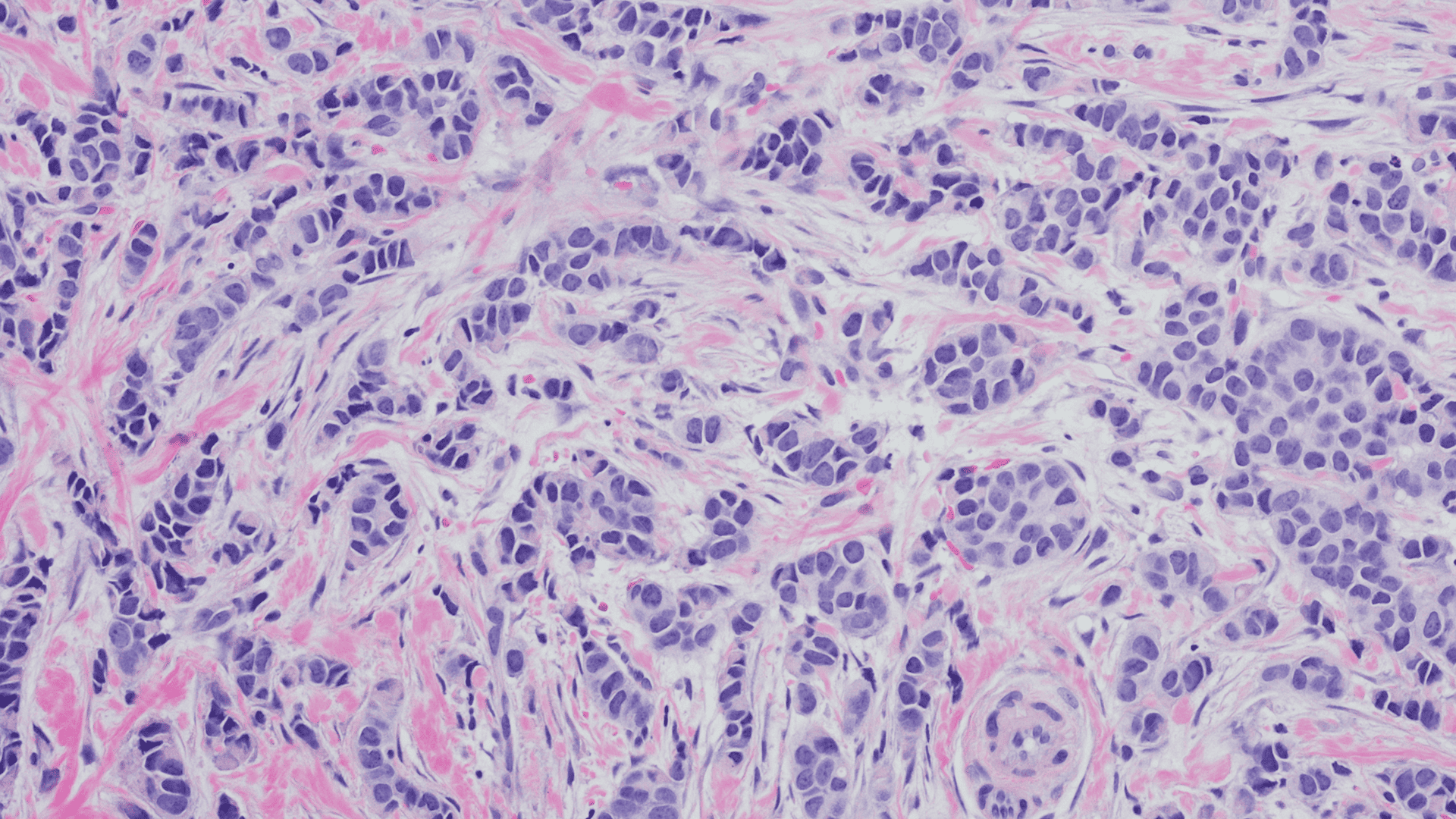Lobular Cancer In Situ (LCIS)
Lobular Carcinoma In Situ (LCIS) is a condition where abnormal cells, that are similar to cancer cells – but benign – are found in the lobules (milk-producing glands) of the breast. These cells do not spread beyond the lobules. Having LCIS increases the risk of developing invasive breast cancer in the future. Because this breast cancer presents in only 10-15% of women is it very understudied and patients are lumped in with DCIS patients and given the same treatment, much less success.
BCA Founder & BossLady has been diagnosed with this type of breast cancer and as a result we are working hard to change this!
How LCIS Starts
LCIS is often discovered incidentally during a biopsy for another breast issue. It’s not usually visible on a mammogram, but it can be in the form of calcifications. Unfortunately for Roxann the breast surgeon she saw when hers appeared never told her about LCIS.
Treatment at Every Stage
- Observation: Since LCIS is not cancer, sometimes no immediate treatment is needed. Regular monitoring with mammograms and clinical exams is recommended.
BCA recommends asking your doctor for minimally invasive treatment to avoid the heightened risk of developing breast cancer from these abnormal cells. This is how Roxann’s breast cancer started – because her breast surgeon did not tell her these calcifications increased her risk of breast cancer. Three years later she was diagnosed with Stage 3 ILC. Women with Lobular Carcinoma In Situ (LCIS) have about a 7 to 12 times higher risk of developing invasive breast cancer, including invasive lobular carcinoma (ILC), compared to women without LCIS. - Medications: Hormone therapy, such as tamoxifen or raloxifene, are prescribed in Standard of Care treatment to reduce the risk of developing invasive breast cancer.
- Surgery: In some cases, a surgical biopsy or excision may be done to ensure all abnormal cells are removed.
Survival Rates
LCIS itself doesn’t have a specific survival rate since it’s not cancer. However, the risk of developing invasive breast cancer is MUCH higher.Women with Lobular Carcinoma In Situ (LCIS) have 12 times higher risk of developing invasive breast cancer, including invasive lobular carcinoma (ILC), compared to women without LCIS.

Invasive Lobular Cancer (ILC)
This is the second most common type of breast cancer, but it only accounts for about 10-15% of all breast cancers.
How ILC Starts
It is a type of breast cancer that starts in the milk-producing glands (lobules) of the breast. Unlike other types of breast cancer, ILC grows in a single-file pattern, hiding in the breast tissue, rather than forming a lump, therefore it is much harder to detect – and is even harder to detect in DENSE BREAST TISSUE. Another reason woment with DENSE BREAST TISSUE should get MRIs.
ILC begins when cells in the lobules start to grow uncontrollably and often starts from LCIS calcifications. These cancerous cells can break through the lobule walls and invade surrounding breast tissue.. Over time, they can spread to other parts of the body through the bloodstream or lymphatic system, hence the name ILC.
This is the primary type of breast cancer our Founder & BossLady, Roxann Abrams, has been diagnosed with.
Follow her AMAZING JOURNEY that documents her own successful treatment of Stage 4 ILC (CMBC)
that she has achieved without Standard of Care Treatment past a bilateral mastectomy!

Diagnosis and Treatment at Every Stage
- Stage 0 (Non-Invasive) LCIS: Cancer is confined to the lobules and has not spread. It is very rare to be diagnosed at this stage.
- Treatment: Often involves surgery to remove the affected tissue, sometimes followed by radiation therapy.
- Stage 1: Cancer is small and invasive but hasn’t spread to the lymph nodes. It is very rare to be diagnosd this early beause of the way it grows.
- Treatment: Typically involves surgery (lumpectomy or mastectomy) and may include radiation therapy.
- Stage 2: Cancer is larger & may have spread to nearby lymph nodes. It uncommon to be diagnosed this early because of its linear growth pattern.
- Treatment: Surgery followed by radiation therapy, and possibly chemotherapy or hormonal therapy.
- Stage 3: Cancer has spread to nearby lymph nodes and possibly other tissues near the breast. This is a common diagnosis point – Roxann
- Treatment: Combination of surgery, radiation therapy, chemotherapy, and hormonal therapy.
- Stage 4 (Metastatic): Cancer has spread to other parts of the body, including the skin, cutaneous metastatic beast cancer (CMBC) –Roxann
Treatment: Systemic treatments like chemotherapy, hormonal therapy, targeted therapy, and immunotherapy
Recurrence Rate
- Stage 0 or 1: Approximately 10-15%
- Stage 2: Around 20-25%
- Stage 3: Approximately 30-50%
- Stage 4: About 50% – 100%
.
5 Year Survival Rate
- Stage 0 or 1: Nearly 100%
- Stage 2: About 93%
- Stage 3: Around 72%
- Stage 4: Approximately 22%
10-Year Survival Rates
- Stage 0 or 1: Around 92%
- Stage 2: Approximately 85%
- Stage 3: About 65%
- Stage 4: Around 22%
For ILC specifically, survival rates tend to be higher in the first few years after diagnosis and decrease over time because the recurrence rate is so high, therefore the published statistics are unfortunately artificially skewed to the positive.
Emotional Support is critical to your healing. Even if everything goes smoothly with your treatment a cancer diagnosis is stressful – reach out to your support network to help you emotionally on a regular basis. And then there is Duality to fill in the gaps!
Reference
- Mayo Clinic, Provides an overview of ILC
- Healthline – Reviews ILC prognosis & survival rates, explaining how tumor grade, stage, hormone receptor status impact long-term outcomes
- National Breast Cancer Foundation, Discusses ILC diagnosis, treatment, prognosis, emphasizes its unique growth pattern & challenges in early detection


